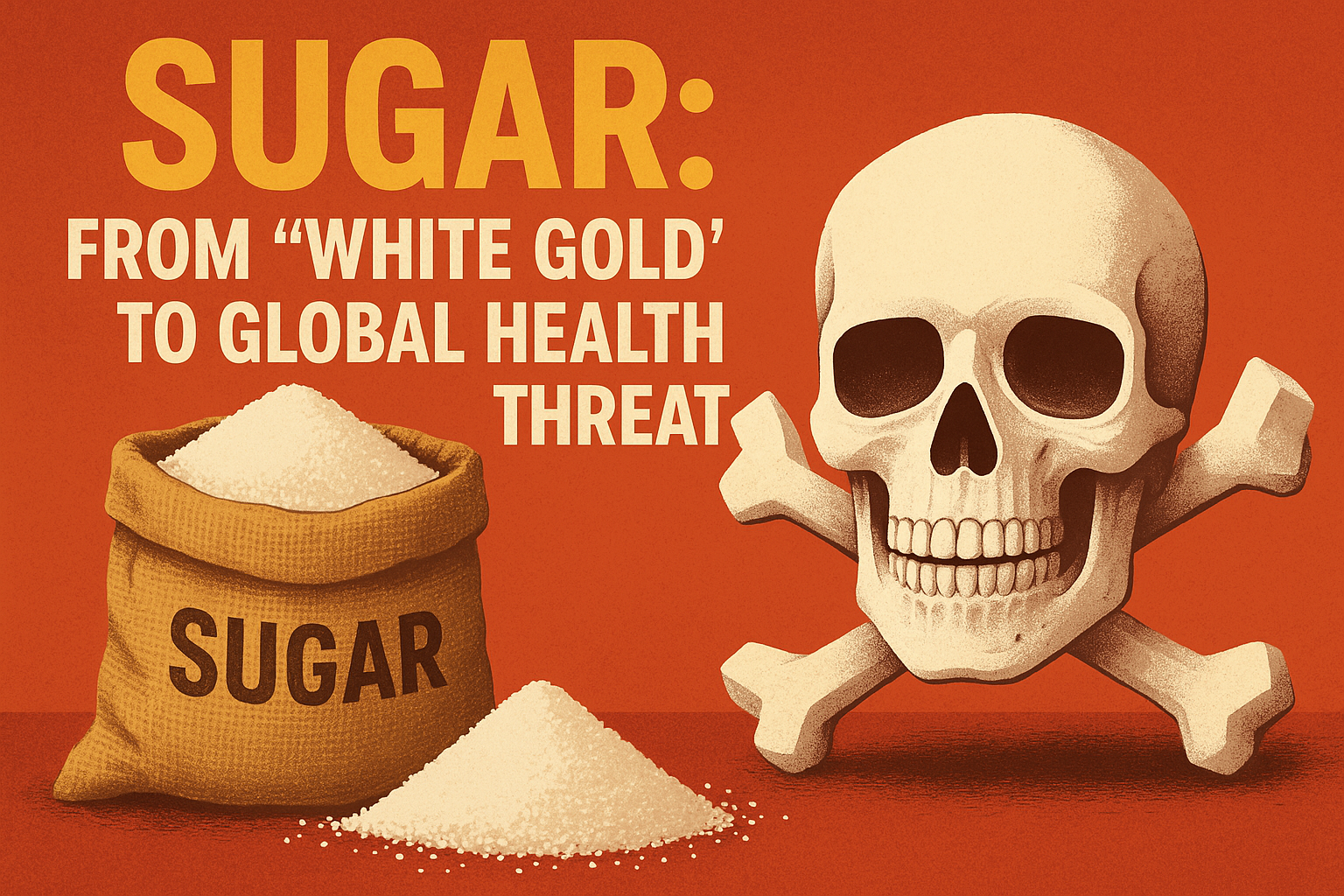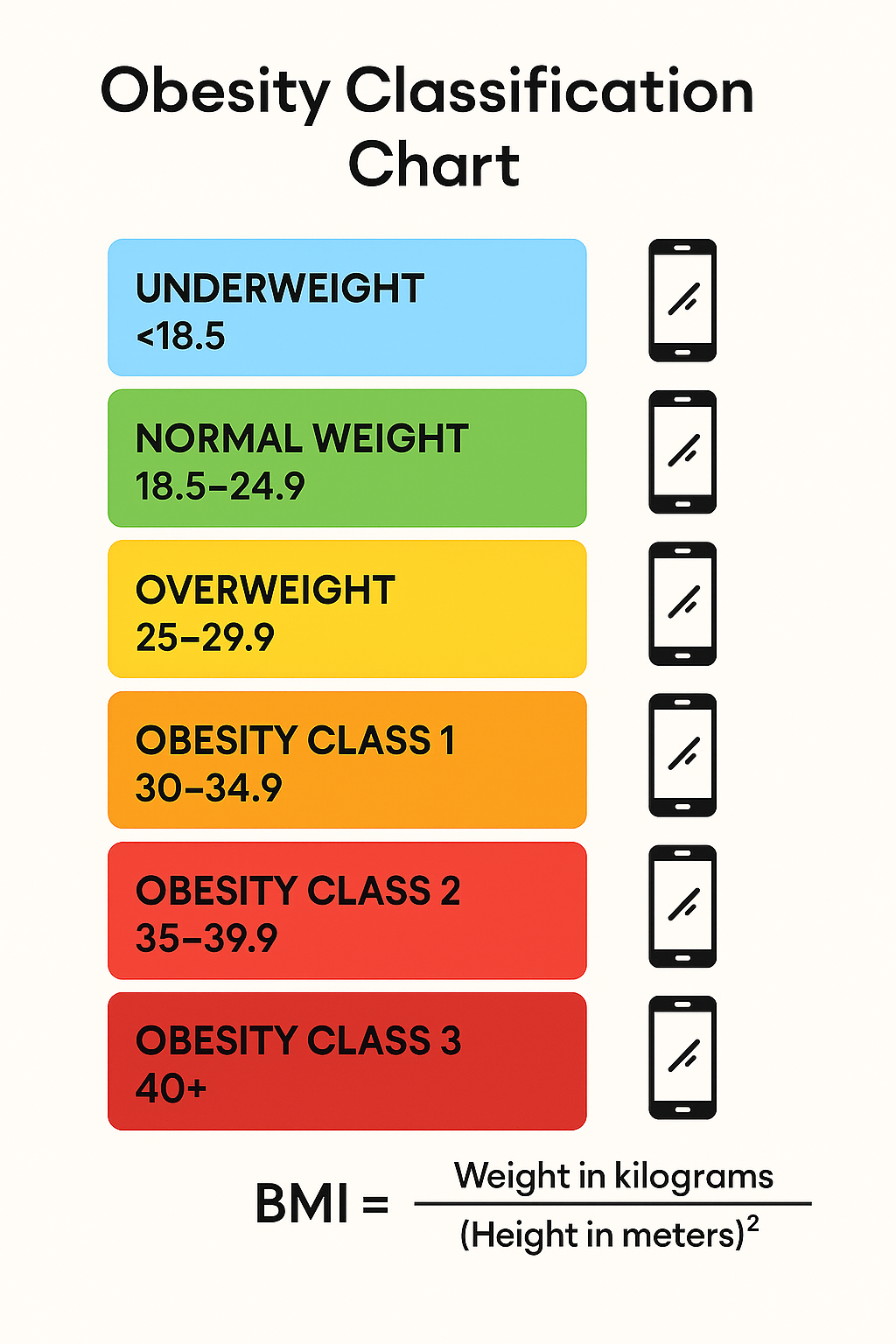Why Your Daily Sweet Fix Might Be Sabotaging Your Health
The Bitter Side of Sweet
Sugar was once called “white gold,” powering empires, trade routes, and revolutions. It sweetened royalty’s tea and built global fortunes. But in today’s world, sugar has flipped its reputation—from prized luxury to public health enemy number one. Behind rising waistlines, type 2 diabetes, and heart disease lies a common, silent trigger: sugar.
Despite growing awareness, global sugar consumption continues to rise, fueled by processed foods, aggressive marketing, and emotional cravings. It’s time to uncover how this once-glorified substance became a driver of modern health epidemics—and what you can do to protect yourself.
Why Sugar Is a Global Health Risk
From sweet drinks to hidden syrups in packaged foods, sugar is nearly impossible to avoid. Yet, its health risks are undeniable:
1. Obesity Epidemic
Excess sugar is stored as fat, particularly visceral fat, which surrounds internal organs and increases the risk of chronic illness. Sugar-sweetened beverages are especially notorious for driving obesity in both adults and children.
2. Type 2 Diabetes
High sugar intake over time leads to insulin resistance, forcing the body to pump more insulin to control blood sugar. Eventually, this cycle collapses into diabetes.
3. Heart Disease
Studies show added sugar increases bad cholesterol (LDL) and triglyceride levels, both risk factors for heart attacks and strokes.
📌 According to the World Health Organization (WHO), both adults and children should limit free sugars to less than 10% of total daily energy intake—ideally less than 5% for added health benefits.
How Food Algorithms & Ads Fuel Overeating
Today’s digital platforms don’t just show food—they sell cravings.
- Social media algorithms track what you view and suggest sugar-laden snacks, fast foods, and indulgent recipes.
- Ads use colors, music, and emotional cues to trigger the brain’s reward centers.
- This engineered temptation leads to mindless snacking and overeating, often without real hunger.
You’re not “weak-willed”—you’re being targeted by tech designed to hack your brain.
The Hidden Sugar Trap in “Healthy” Foods
Even if you skip desserts, you’re likely consuming more sugar than you think. It hides in:
- 🥣 Flavored yogurts
- 🧃 Packaged juices
- 🥗 Salad dressings
- 🍞 Whole grain breads
- 🥫 Ready-to-eat meals
Look out for other names like:
High-fructose corn syrup, maltodextrin, dextrose, agave nectar, and fruit juice concentrate.
How to Break the Sugar Spell
You don’t need to quit sweetness altogether—but mindful choices make a huge difference:
- Read every label – sugar hides where you least expect.
- Limit sugary drinks – opt for water, herbal teas, or infused waters.
- Prioritize fiber and protein – helps control sugar cravings.
- Cook at home – you control ingredients and portions.
- Practice mindful eating – slow down and tune into true hunger.
The Bigger Picture: Sugar and Public Policy
Some governments are responding. For example:
- Mexico has a sugar tax on soda.
- UK implemented a “Soft Drinks Industry Levy.”
- Chile added warning labels on high-sugar foods.
But in countries like India, where ultra-processed food consumption is growing at 13.37% annually (WHO, 2024), awareness is still catching up.
Reclaim Your Health
Sugar might still sparkle in ads and recipes, but its effects are far from sweet. With knowledge, label reading, and a few habit shifts, you can protect yourself and your family from falling into the trap of modern food culture.
🔗 References:
- World Health Organization – Healthy Diet
- Harvard Health – The Sweet Danger of Sugar
- WHO 2024 Report: Ultra-Processed Food Growth in India




2 thoughts on “Sugar: From “White Gold” to Global Health Threat”